
Laboratori per tutti online: Giulio Iacchetti
The cycle of workshops for all launched by Palazzo Grassi - Punta della Dogana becomes digital and is conceived in collabortion with exceptionnal guests working in various fields of contemporary creativity. The public is invited to take part to the activities by following simple instructions, meant to stimulate unique points of view on their own daily life. Each week, the activities will be published on the Instagram e Facebook accounts with the hashtag #palazzograssiatyours.
The Italian designer Giulio Iacchetti leads the workshop Shy, small and fragile exhibitions at home and invite the public to curate their own domestic exhibition, made with materials found at home. The challenge: “Become curators of small domestic exhibitions with materials you can find at home. Easy to set up and dismantle, these micro-exhibitions have a low environmental impact but a high lateral thinking factor… Why not give it a try?”
Giulio Iacchetti
He has been designing objects since he was a kid, and it became his job in 1992. He loves to design, experiment, curate exhibitions, to learn, write and create small objects and models – mainly out of wood – with his own two hands.
Day 1
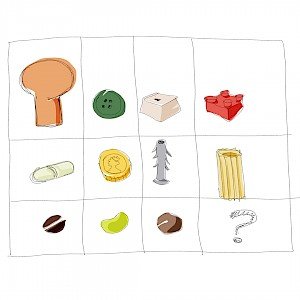
Curator’s choice
“As of today, you’re a “Curator” appointed by the Minister of Micro Domestic Culture to design small exhibitions at home. What to display? Whatever you want! The main thing is to choose 6 small objects – organic (like coffee beans) or archetypical in shape (like wine corks). Our real goal is to add a touch of poetry to everyday things, to recognize the beauty in more or less useful objects we never pay enough attention to.” Giulio Iacchetti
Day 2

Set-up design
"Yesterday we shared instructions for choosing 6 small objects. Today let’s decide how to display them. Find some pins and a sheet of white cardboard (if you don’t have any, try snack wrappers…!) Cut out small cardboard squares (5 cm/2 in per side), at least 4 squares per display stand. Arm yourself with glue and follow the instructions on the design. Here’s the main rule: do things right! Neatly cut cardboard, no glue drippings and a perfectly straight pin..." Giulio Iacchetti
Day 3
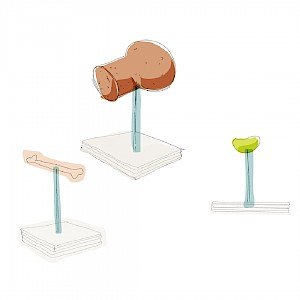
Securing your objects
"Time for lesson 3: that is, how to secure your home exhibition objects. While it’s easy to stick soft objects onto the tip of a pin, for harder objects – like buttons – we’ll have to come up with other solutions, like a drop of hot glue. If you don’t have any in the house, find objects that can balance perfectly on the tip of the pin. The object needs to be suspended: if we set it on a flat surface, it will lose its nature of object on display and fall back into its usual anonymity. On the tip of a pin, it will turn into something special, radiating a new energy…" Giulio Iacchetti
Day 4
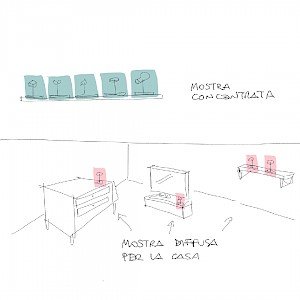
Setting up
"Good morning! We’re halfway there. Here are some tips to set up your exhibition. There are two options: you can put on a scattered exhibition – that is, distribute the little stands all over the house, at the correct height to show them to your kids (if you have any!). Or you can concentrate your exhibition in a single area – for example, on a shelf or bookcase. It’s up to you!" Giulio Iacchetti
Day 5
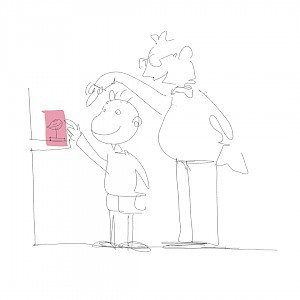
Guided tours
“If you’ve kept up, you’re now the official curators of your Small, Fragile Exhibition at Home. Why not organize a little party for your opening ceremony? You can accompany kids or your friends (connected via streaming) to tell stories inspired by these tiny details. For example: “Did you know that the island of Sardinia used to export cork?”… “Yes, to make wine bottle stoppers!”. Giulio Iacchetti
Day 6
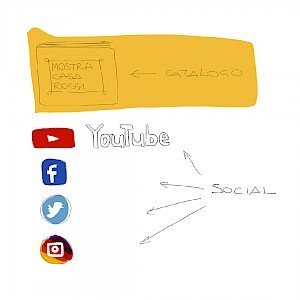
Communication
“Our #OpenLab ends today. And we can’t do things without sharing! Step 1: take a picture of your exhibit and share it with the hashtag #PalazzoGrassiatyours. If you have time, you could even share a short catalogue (why not write it by hand?!) by inventing a matching image, checking Wikipedia for your content and organizing a social media communications campaign.” Giulio Iacchett